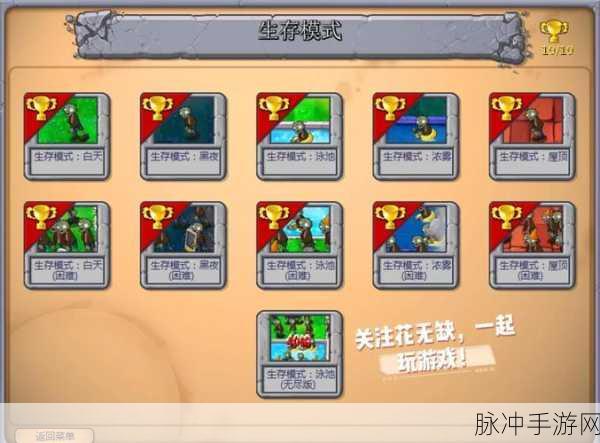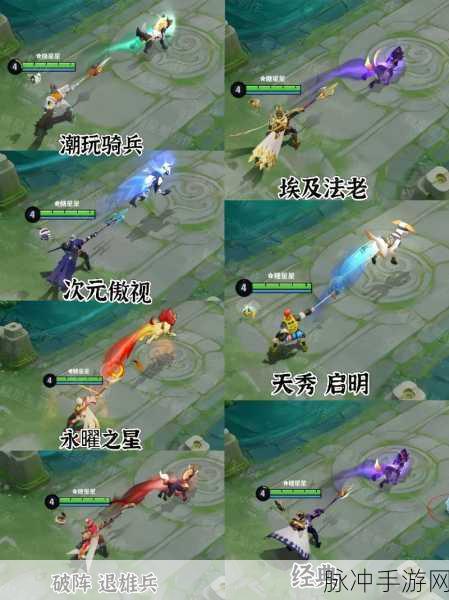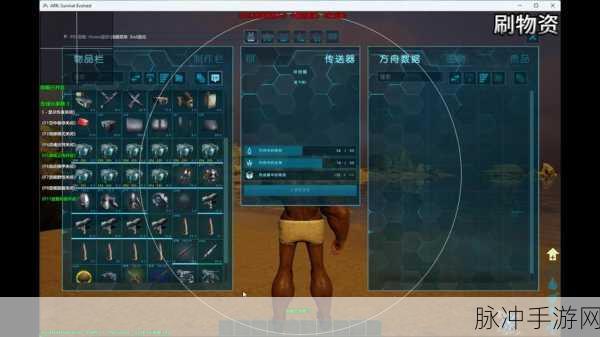日本毛卡不收费的背景及发展
近年来,日本的交通系统正在经历一场革命,尤其是在高速公路和城市公共交通方面。传统上,高速公路使用毛卡(又称ETC)进行收费,这种方式虽然方便,但也限制了部分用户的出行灵活性。因此,为了解决这一问题,一些地方政府开始推行毛卡不收费政策。这项措施旨在降低运输成本、减轻经济压力,并鼓励更多人选择自驾游或长途旅行。
毛卡不收费对居民生活的影响
对于普通居民而言,取消高速公路上的通行费,无疑是一个利好的消息。这意味着人们可以更加自由地规划周末短途旅行,不再因为费用而制约出行意愿。在许多家庭中,自驾游成为了一种重要的休闲方式,而减少通行费无形中促进了本地旅游业的发展。
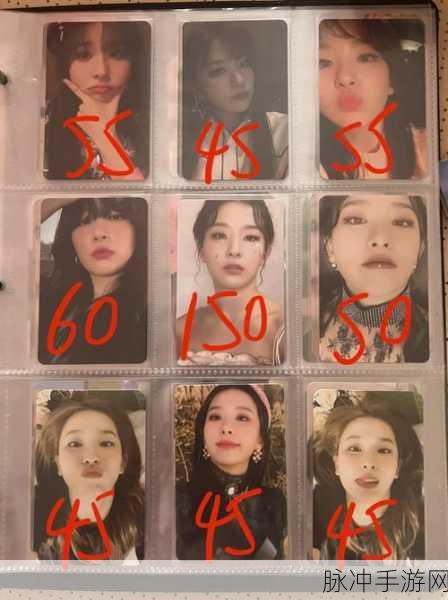
此外,对于那些常年依赖于车辆上下班的人来说,免除高昂过路费将大幅度减轻他们每月的支出。一家人的预算因此得以改善,人们可以把省下来的钱用于其他消费,从而推动整体经济增长。而从社会角度来看,这一变化还可能带来更积极向上的社区氛围,使得邻里关系变得更加紧密。
商业与产业发展的机遇
随着毛卡不收费政策实施,对相关产业链产生了深远影响。例如,加油站、服务区以及沿线商家的客流量明显增加。不少企业看到了这个机会,相继推出针对自驾游客群的新产品和优惠活动,以期吸引更多客户。同时,也促使当地餐饮、住宿行业得到刺激,与之相关的小型民宿和特色店铺纷纷崛起。此外,大规模活动如音乐节、自驾车露营等开展成风,更好地激发了地域文化与旅游资源融合,让整个地区焕发生机。
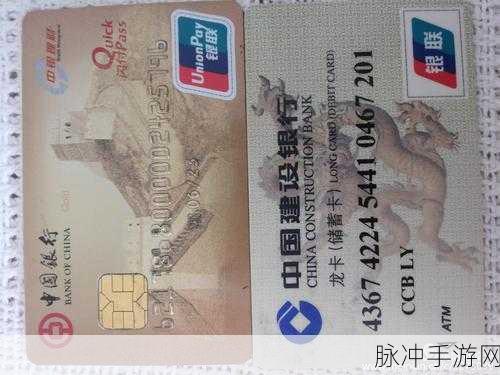
面临挑战及应对策略
尽管有诸多益处,但这项新政策同样面对一些挑战。其中之一便是道路拥堵的问题。由于越来越多人选择开车出门,有可能导致峰时段公交线路乘客减少,道路状况恶化。对此,各级政府需要通过优化公共交通布局,提高服务质量,以确保不同交通模式之间能够相互补充,共同解决市民日常出行需求。
Taking advantage of digital technology to provide real-time traffic updates and navigation assistance can help mitigate congestion. By integrating various transport options, residents may find it easier to choose the most suitable mode of transportation for their journey.
User Perspectives: Experience Sharing on Social Media
User experiences regarding the non-charging policy have become a trending topic on social media platforms in Japan. Many people are sharing their travel stories, tips, and even itineraries that highlight how they’ve benefited from this change. The spread of such positive word-of-mouth not only enhances community engagement but also encourages those who haven't yet taken advantage of the new policy to explore more destinations across Japan.
The Role of Influencers in Promoting Travel Activities
The role influencers play cannot be underestimated when it comes to promoting these travel opportunities brought about by free tolls. They often craft compelling narratives through engaging visuals showcasing scenic routes or hidden gems along highways that travelers might otherwise overlook. Their content reaches vast audiences, igniting wanderlust among potential travelers while simultaneously supporting local businesses with increased exposure.



